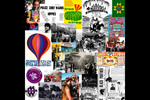The Story of God’s Eye Bakery
The Diggers at Resurrection City (Memories Passed on to Me)
By Ángel L. Martínez
Contents
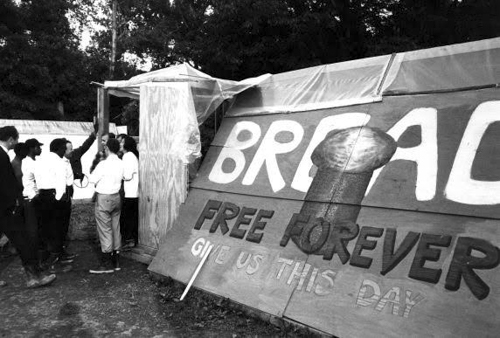
In the "official" Digger chronology, the
temporary autonomous installation at Resurrection City in May and June,
1968, known as God's Eye Bakery, is the third such Digger
free bakery.
Walt Reynolds, the
electrical engineer who taught the Diggers to bake whole wheat bread at
All Saints' Church in San Francisco, took his bread baking skills to
Washington, DC, to set up the God's Eye Bakery. One of the many
activists who occupied the National Mall during the six-week period in
which Resurrection City existed was Carlos Raúl Dufflar. His son, Ángel
Martinez, grew up listening to his father's stories of 1968. Now, after
discovering the Digger web page with the history of the Free Bakery
movement, Ángel has written the following account for the historical
record. All we can say is muchas gracias, Ángel. And continue on with
your obvious talent of capturing history in written accounts of the
past.—ed.
In Spring 2020, Carlos Raúl
Dufflar and I gave a presentation on the history of the original Poor
People’s Campaign (PPC) and his experience in the encampment it
established known as Resurrection City. By this time, it had been a
series of several he had been doing since the 45th PPC Anniversary March
from Baltimore to Washington, tracing the Route 1 of the Northern
Caravan that brought Dufflar to the City in May 1968.
Five decades later, he was specially invited to tell the stories that he
had told me through the years. Each time he was the original PPC’s live
testament to the power of organizing, I was recalling as much as I could
devour, besides hours of stories personally told to me. Now, it was
going to be different, and not just because this took place soon after
the plague had moved our gathering online.
Resurrection City, in West Potomac Park on the National Mall of
Washington, DC, was at the center of the story we told. It was, as I
have understood it, a community as well as an expression of political
and cultural solidarity born on Mother’s Day, 1968. This City scared
Congress, the White House, law enforcement, and corporate interests.
Very early on the morning June 23, 1968, the residents were evicted with
tear gas, bullets, other extreme violence, and mass arrests (over 370)
by the FBI, US Army, military intelligence, DC National Guard, and DC
Metropolitan Police. Many of the arrested were not released until July.
To understand the depths of the government’s fears, especially in stark
contrast to today, 20,000 Guard troops were ready to invade if they were
to rebel.
As the City thrived, it attracted solidarity and support from
innumerable organizations and movements. (To be certain, while it
attracted religious groups that offered aid, the encampment hardly had
any religious over [or under] tones that its name would have implied.)
The Diggers were among the groups to answer the solidarity call.
At one point in our presentation, he had to step away from the screen.
It was Q&A time and a question did emerge in that moment which I was
confident enough to answer. It was my turn to talk about in particular
about an amazing story that I have been told for years: the solidarity
work of the Diggers at Resurrection City.
As I was telling the story, my response was smooth flowing because one
of his most cherished memories of Resurrection City was the Diggers’
contribution to the city — God’s Eye Bakery — which was what we would
call a central kitchen. The Bakery is a story I can never hear often
enough, and has been told me enough times for me to confidently place
the bakery at the center of life at the City.
Besides him, I had only heard about the Diggers in the documentary
Sgt. Pepper’s Lonely Hearts Club Band 20th Anniversary in 1988. The belief in everything people needed being provided for free
was a principle that meshed well with Dr. Martin Luther King Jr.’s final
struggle. In fact, the ethic certainly embodied that hope in the City.
The difference was that he was a witness to the work of the Diggers.
Just as visceral as a symbol of Resurrection City as the sturdy,
distinctive A-frame houses was bread baked fresh in coffee cans. (The cans, to remind
younger audiences, were enormous compared to those commonly seen today,
meaning more food to pass on the community.) To hear Dufflar tell it,
God’s Eye Bakery was highly instrumental in the everyday life of the
community. There was always a line each morning to receive a loaf. The
warm bread provided every morning remains at the center of the memories
as much as the houses and the seemingly endless rain.
Dufflar’s memories of his time there are, I have found, incomplete
without giving a shout-out to the Diggers and God’s Eye Bakery. In fact,
much of what I know about the Diggers comes from what he has related to
me. He vividly remembers the bakery’s house, on which was painted,
“BREAD — FREE FOREVER — GIVE US THIS DAY” with a coffee can bread image
superimposed on it, and its picture preserved on The Digger Archives
only adds to his warm memories. He is one more witness to what Walt
Reynolds and his compas did for the City.
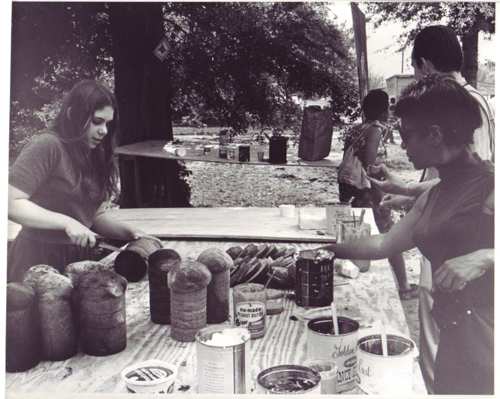
Above all, God’s Eye Bakery was more than just a people’s kitchen in
that sense. The work they performed went much deeper. Poverty, in the
economic sense, had many profound effects then that drove the creation
of the original PPC. It is true even more now. What God’s Eye Bakery
gave was more than just a staple food; the bread was a sign of major
change in people’s lives. In Resurrection City, the solidarity aid and
assistance were at the least life-improving, if not life-saving. As
Dufflar told me, this was the first time that many of the City’s 5000
residents had ever eaten whole-wheat bread, let alone freshly made, let
alone right out of coffee cans. The Bakery generated much enthusiasm in
the encampment, again as Dufflar told me. Each day, residents either
took home a loaf or had slices of it with butter, peanut butter, and/or
jelly. No wonder, then, Dufflar said, “Everybody dug the Diggers!”
Daniel Cobb, writing on the Indigenous presence at Resurrection City,
placed the bakery at the center of the story, too:
They visited often for planning sessions, rounds of freedom songs
that “shook the heavens,” and social gatherings, or they would meet
simply to eat hot, fresh coffee-can bread at God’s Eye Bakery.
(Cobb, 176)
I could imagine those cylindrical loaves warming the spirit as well
as the body. That is the power the Diggers had. The loaves showed why
the Diggers and God’s Eye Bakery matter in the memory of Resurrection
City. "From the bottom of my heart," Dufflar to this day offers thanks.
Sources:
Daniel M. Cobb. Native Activism in Cold War America: The Struggle
for Sovereignty. Lawrence, KS: University Press of Kansas, 2008.
See "Third Free
Bakery (Resurrection City, 1968)" for an article from the Berkeley
Barb (June 14, 1968).
Links to Poor People's Campaign References
Historical 1968 Movement
Wikipedia page on
Poor
People's Campaign (1968)
Current Groups (2021)
Poor People’s Economic
Human Rights Campaign
Poor People’s Embassy —
Embajada de la Gente Pobre
Poor People's Campaign: A National Call for Moral Revival
Photos:
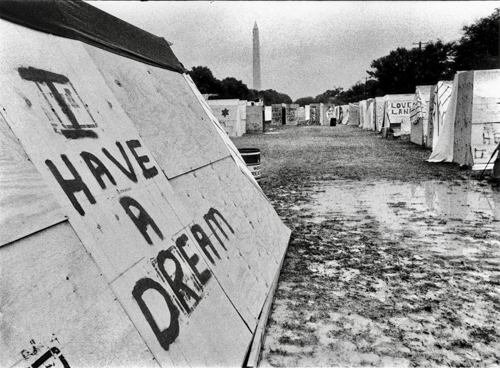 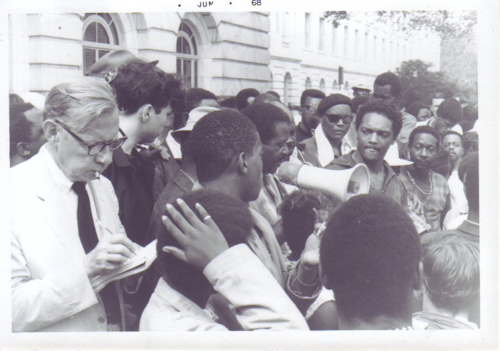 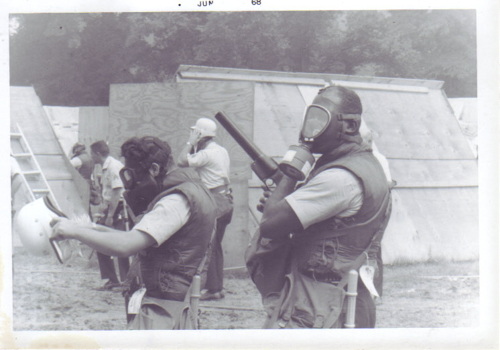 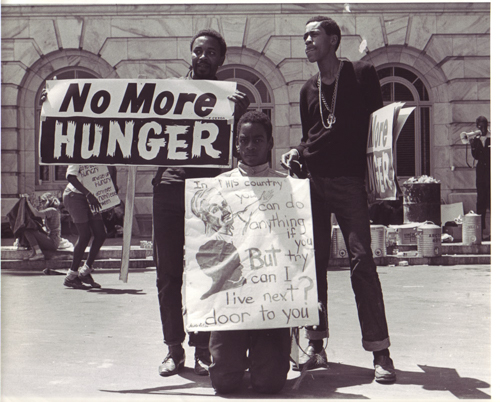  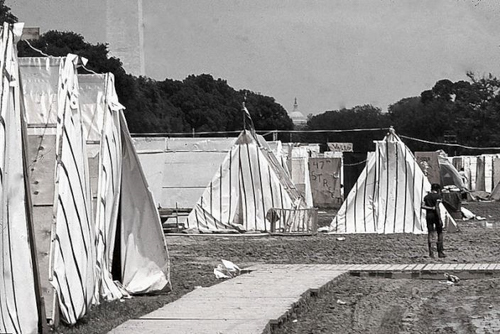 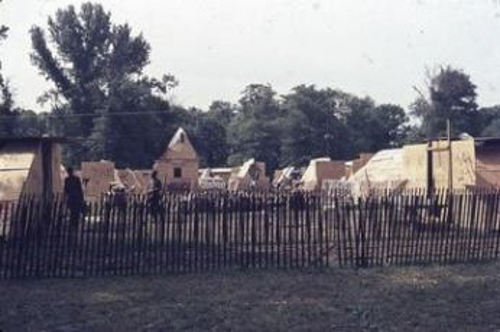 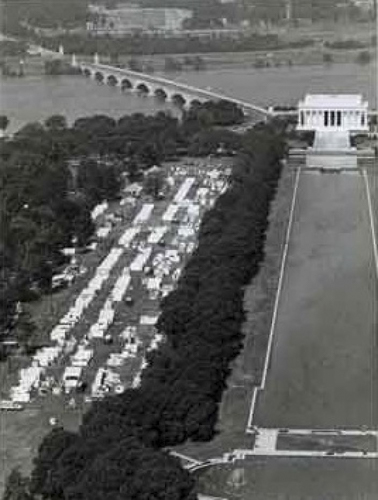  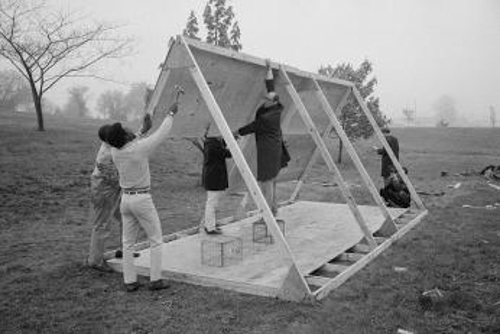 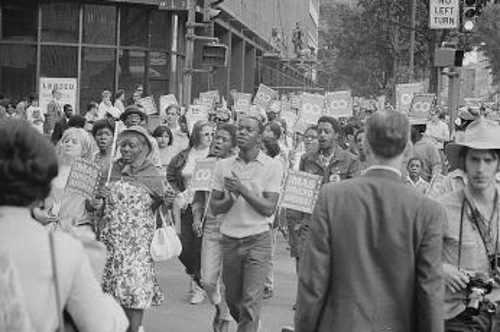 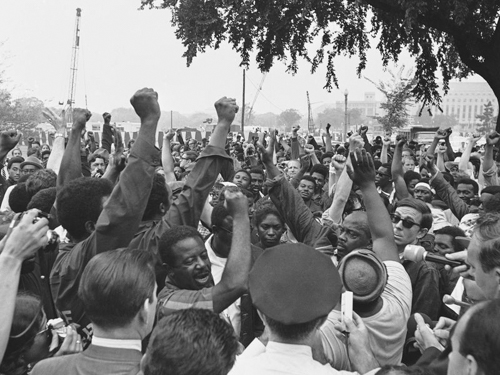  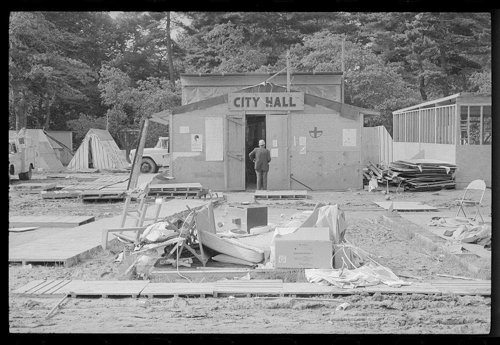  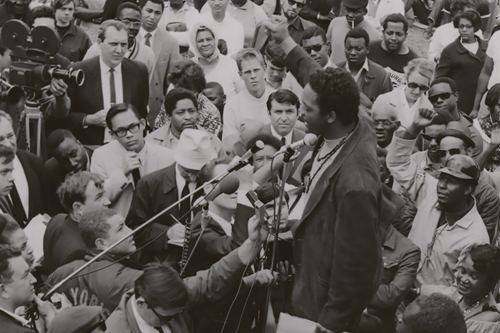 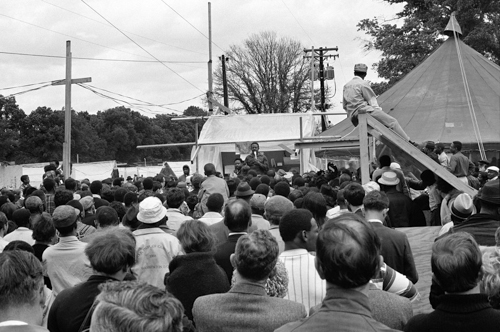 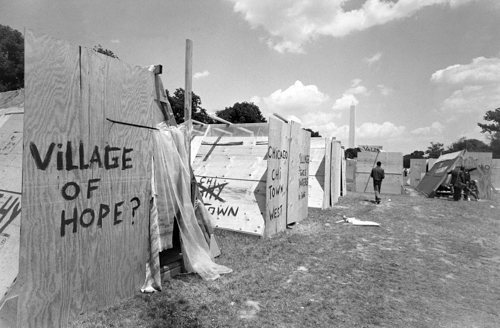 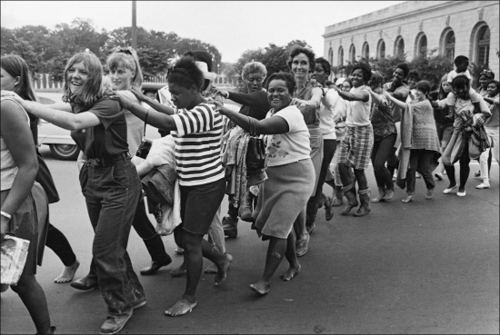 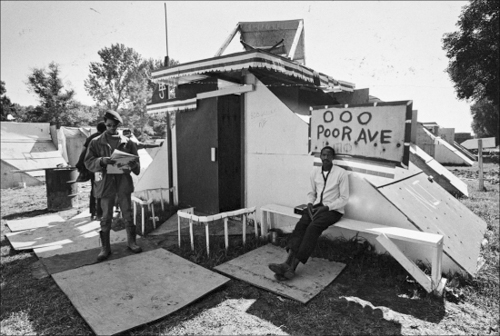 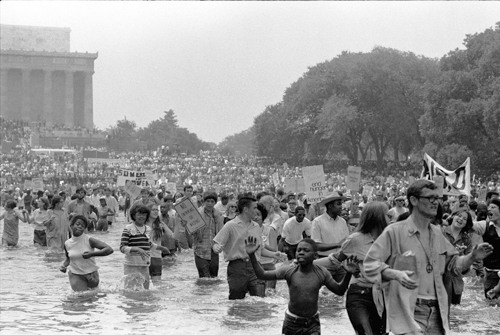 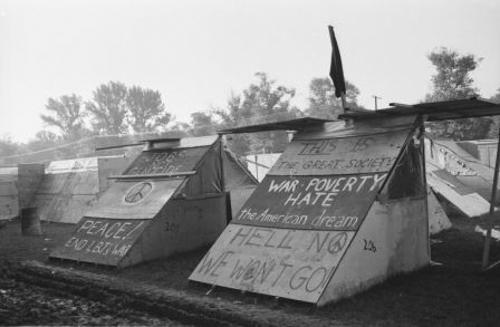
Images borrowed from Wikipedia and Google Image Search.—ed.
|
Images are clickable
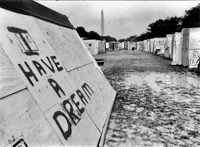  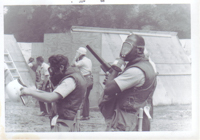 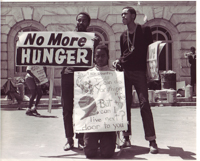 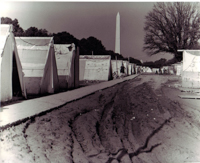 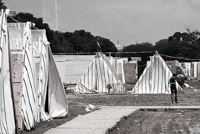  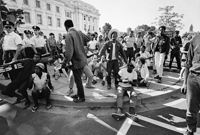   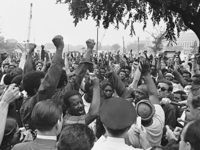 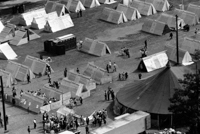  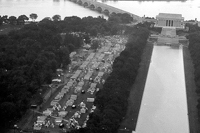 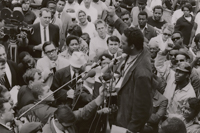   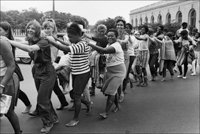 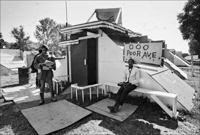 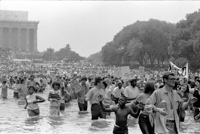 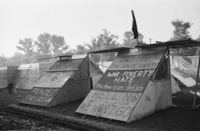
|
